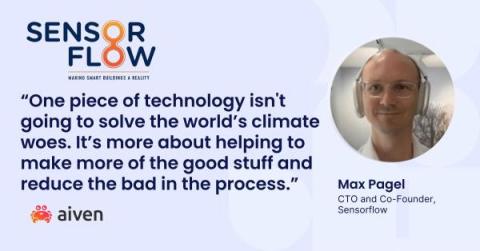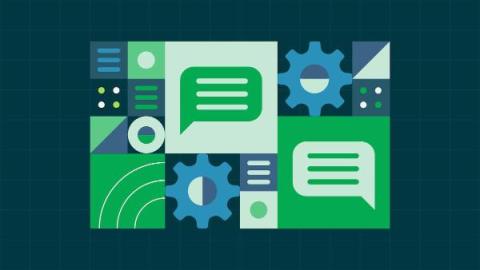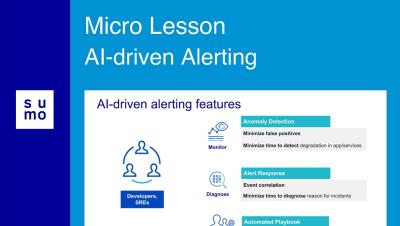Continual Learning in AI: How It Works & Why AI Needs It
Like humans, machines need to continually learn from non-stationary information streams. While this is a natural skill for humans, it’s challenging for neural networks-based AI machines. One inherent problem in artificial neural networks is the phenomenon of catastrophic forgetting. Deep learning researchers are working extensively to solve this problem in their pursuit of AI agents that can continually learn like humans.











